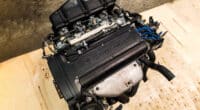Honda has been making some of the best engines in the auto industry for decades. While there are endless debates as to which one is the absolute best, one of the most underrated is undoubtedly the H22A engine.
Whenever the conversation is about Honda motors, the H22A rarely seems to get any attention, as everyone always flocks to stuff like the K20 and the B16; stuff that powered some of the most iconic Honda models of all time.
Perhaps the H22A’s most notable application is the Prelude, so if you’re looking to buy a used Prelude, chances are you want to familiarize yourself with this underrated Honda powertrain.
In this article, we’ll be taking a deep dive into Honda’s H22A engine, its specifications, its reliability, and its most common problems.
Honda H22A Specs
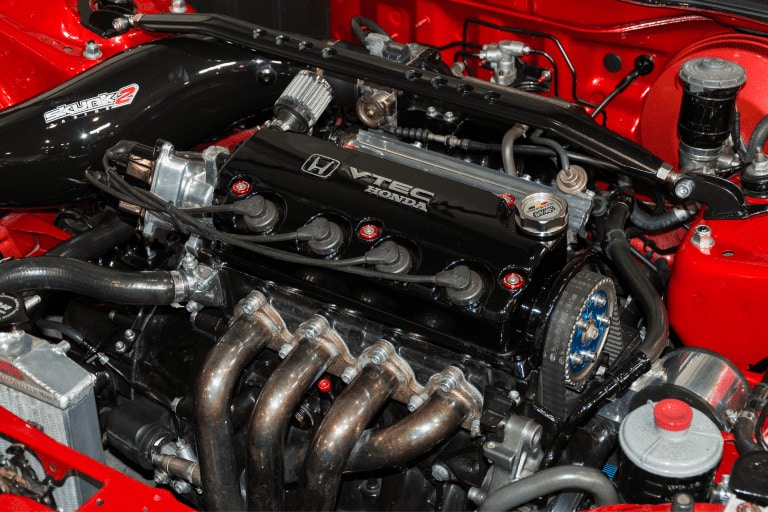
- Engine code: H22A
- Production: 1992 to 2001
- Layout: Inline-4, DOHC, 4 valves per cylinder + VTEC
- Displacement: 2.2L (2,157cc)
- Fuel system: Programmed fuel injection (PGM-FI)
- Cylinder bore: 87 mm (3.43″)
- Piston stroke: 90.7 mm (3.57″)
- Compression ratio: 9.8:1
- Power: 197 hp to 217 hp at 6,800 rpm to 7,200 rpm
- Torque: 161.5 lb-ft to 163 lb-ft at 5,500 rpm to 6,500 rpm
- Firing order: 1-3-4-2
The H22A engine first appeared in the early 90s. It’s derived from Honda’s F series engines, but it was larger and it was primarily intended for performance cars, as well as Honda’s touring cars and other racing machines.
When you look at the H22A’s specs, it’s clear that it was designed with performance as the number one priority, making it one of the best Honda engines to build.
Not a lot of people talk about the H22A in the Honda community, and there’s a reason for that.
No, it’s not because it was a bad engine, but rather the fact that it’s somewhat difficult to come by. Both Honda and Acura kicked out dozens of cars with K-series, B-series, and D-series engines over the years.
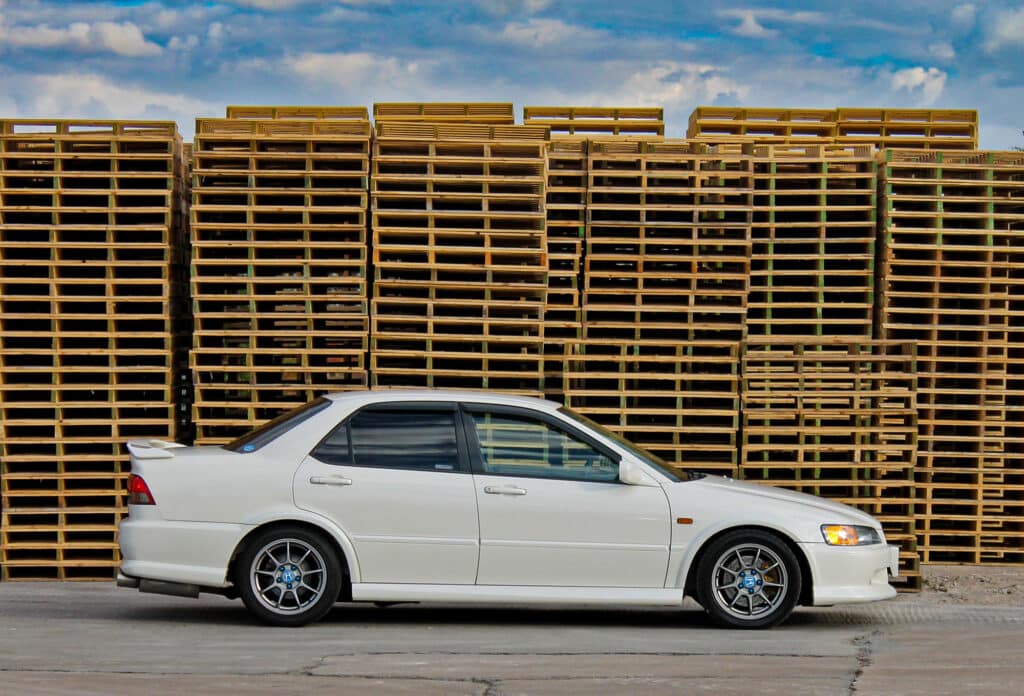
The H22A only went on to appear in two Honda vehicles throughout the 90s and into the early 2000s.
One was the Prelude, the massively underrated FWD coupe that Honda sold worldwide from 1978 to 2001, and the other was the Honda Accord SiR and Euro R, specifically the versions from 1994 to 2001.
It also made an appearance in the lesser-known, JDM Torneo, which was the last of the sportier Accord variants offered across different Honda dealerships in Japan.
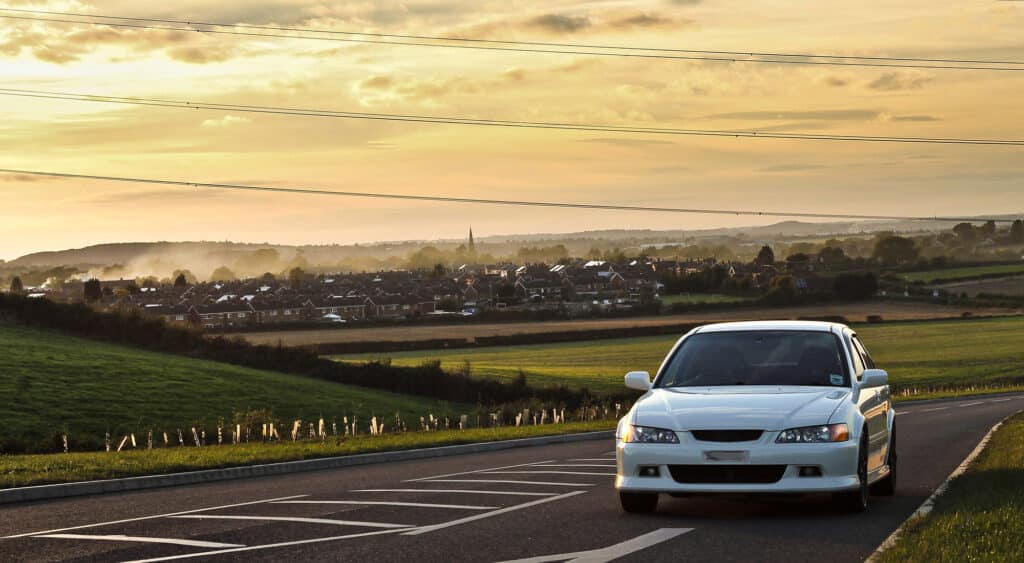
In 1993, the H22A first made its debut in the Prelude. Every Prelude until the end of the production run in 2001 would go on to use the H22A in one form or another, all of them following the numbers 1 through 8, as well as the short-lived H22Z1.
Like most other Honda four-cylinders of the time, the H22A used an aluminum block, as well as a dual overhead camshaft design which gave it its iconic Honda sound.

As well as being the de facto powertrain in the Prelude, the H22A also appeared under the hood of various race cars throughout its production run, a testament to its durability and tunability.
Despite this, there are many beliefs and claims that the H22A is a bad engine, it’s unreliable, and countless other misconceptions.
A lot of these are false, so we’re here to set the record straight. If you’re looking to pick up a Honda with the H22A powertrain or if you want to swap it into your build, there are some things you need to know about.
Reliability and Common Problems
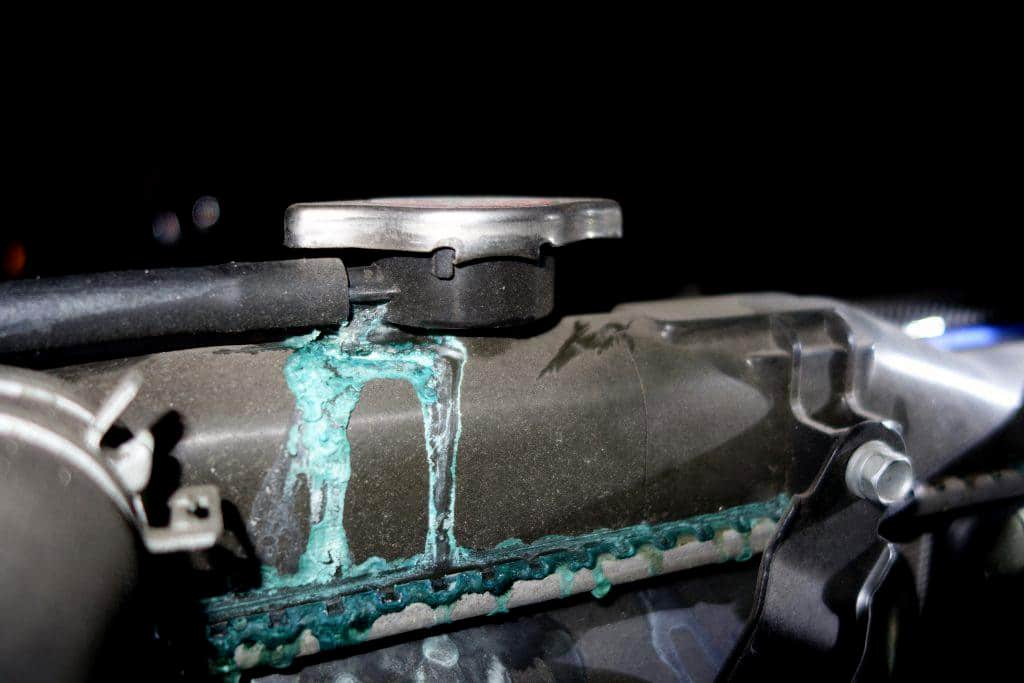
Honda’s reputation for dependable powertrains can’t be argued with, and the same applies to the H22A.
However, there seems to be a rumor that the H22A is severely lacking when it comes to reliability and dependability, but that simply isn’t the case.
Virtually all of the known issues with the H22A can be avoided if you know what you’re doing. For example, if you plan to add a turbocharger or a nitrous system to your Prelude or H22-equipped Accord, upgrade the internals first.
The H22A’s aluminum block and other internal components don’t react very well to such things, so that can lead to issues.
It also heavily depends on how you treat the engine. If you’re a spirited driver and kick the car’s rear at every chance you get, then you shouldn’t expect it to last more than 200,000 miles, and that’s with regular maintenance and repairs.
With more relaxed driving, it can go for around 300,000 miles.
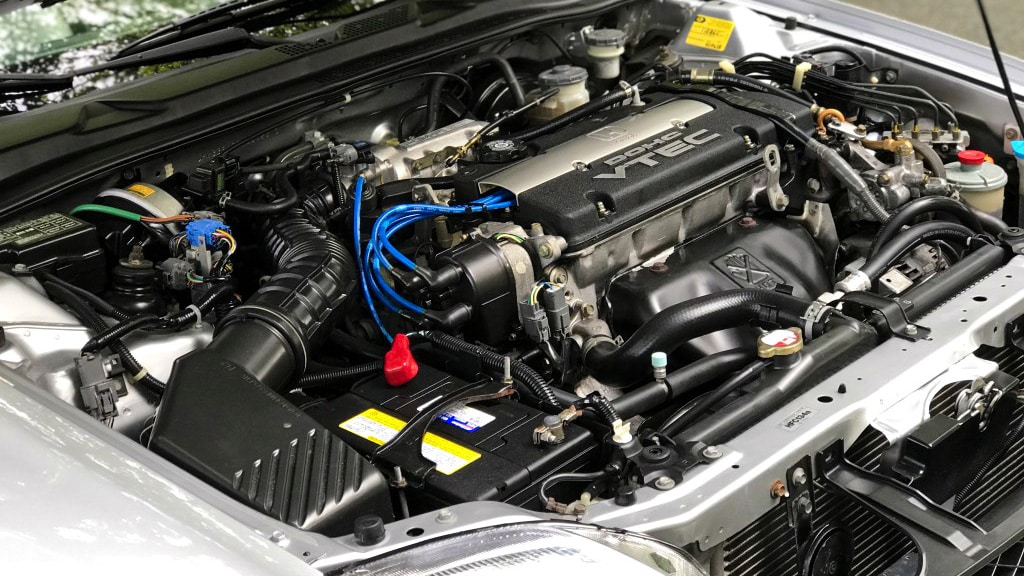
Any engine lasting over 200,000 miles is impressive, yes, but it’s important to note the difference in potential mileage that can appear depending on your driving style.
Another important aspect of H22A ownership is proper, timely maintenance. Deferring maintenance on the H22A is a bad idea because that’s when all the major issues with the engine can crop up.
Keep the timing belt and the oil levels in check always, and always pay attention to the mileage. Engine oil changes should be every 3,000 to 5,000 miles, and transmission fluid every 30,000 miles.
Tunability
Reliability and maintenance are dealt with, what about the fun stuff? Despite it having an aluminum block, don’t go thinking that the H22A isn’t a tunable powertrain.
Its use in a variety of different race cars is a testament to its ability to handle some truly heavy use, and of course, that applies to the road version, too.
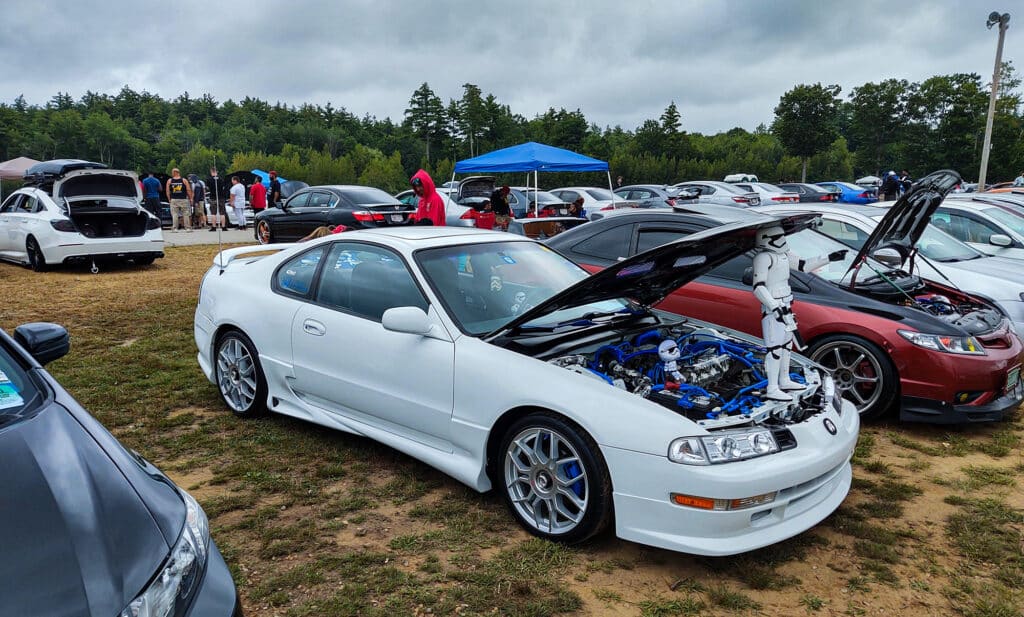
Even with an all-motor build, the Prelude can still make some excellent power, but you don’t want to cheap out with the bolt-on mods.
Things like cone filters and muffler deletes will get you small amounts of extra power, but if you want proper performance gains, you’re gonna have to shell out more cash on some proper bolt-ons.
If you’re looking for new headers, don’t cheap out, as most headers use the stock header design that’s already on the H22.
Opting for something more expensive and maybe even custom fabricated will get you much better horsepower gains, and of course, a better sound.
Speaking of sound, a larger downpipe and a catback exhaust system will also boost power fairly well, along with a high-flow catalytic converter. After that, H22A bolt-on mods just run the gamut.
Ported manifolds, larger throttle bodies, and the BPi Flow stack, which is a great solution to expensive intake manifolds. One last thing you can do is an ECU reflash, or a standalone ECU.
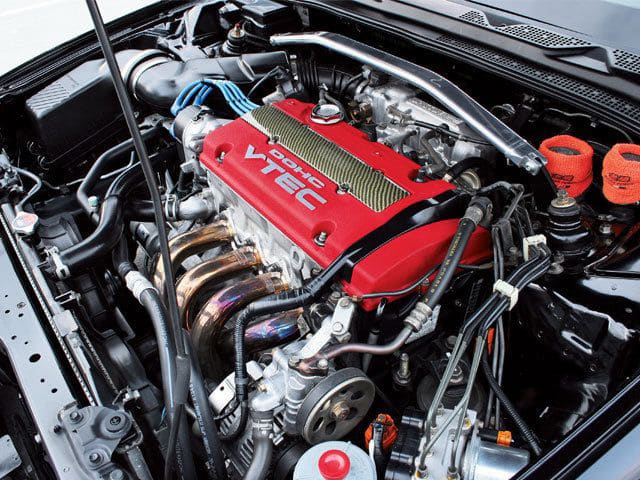
One last upgrade you can do to the H22A before bringing out the heavy artillery is a new set of camshafts.
As well as being super beneficial to raw performance numbers, camshafts can seriously improve the powerband, which is how much of the power is available to use at any moment.
Skunk2, JUN, and Crower make excellent camshafts for the H22A. A new set of camshafts would also benefit your H22A if you have a turbocharger.
Speaking of, if full bolt-on isn’t cutting it, the next logical step would be a turbo upgrade.
Adding a turbocharger to the H22 is possible, you just need to be wary of upper boost limits so you don’t run into problems.
With proper tuning, the H22A can easily run 5 to 7 psi of boost on stock internals. However, it does require an upgrade to the fuel system.
Should You Buy an H22 Honda?
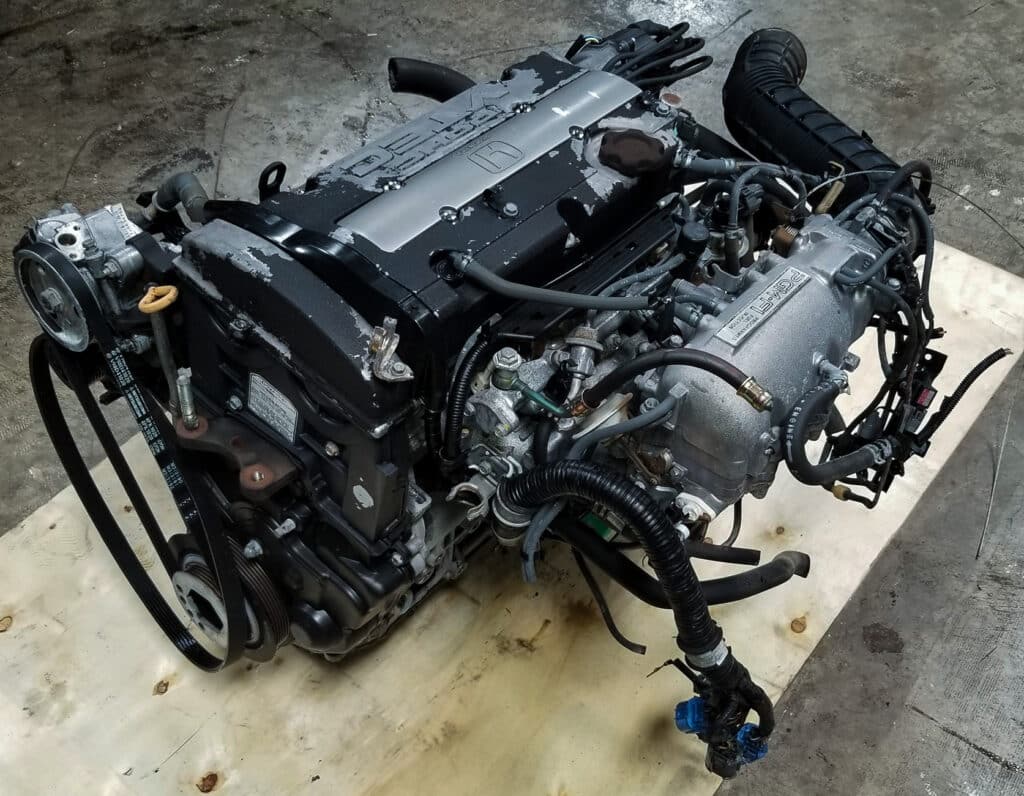
With all that being said, it’s time for the ultimate question. Is it worth buying a Honda with an H22A engine, or is it worth swapping the H22A into your current build?
With all the qualities it has going for it, the answer has to be a pretty resounding yes.
There are a lot of myths surrounding the H22A and its reliability and tunability. Naturally, when there are myths like that huddling around an engine or a car, people are driven to avoid it.
While the myths tarnish the reputation of that particular engine or model, they do have one surprising benefit: they make the price of admission a lot lower.
It’s easy to find a Prelude or an Accord Euro R, assuming the latter is old enough to import, for not a lot of money.
This also means you don’t have to spend copious amounts of money on buying a donor car if you plan to swap the H22A into your build, whether it’s a Honda or something else entirely.
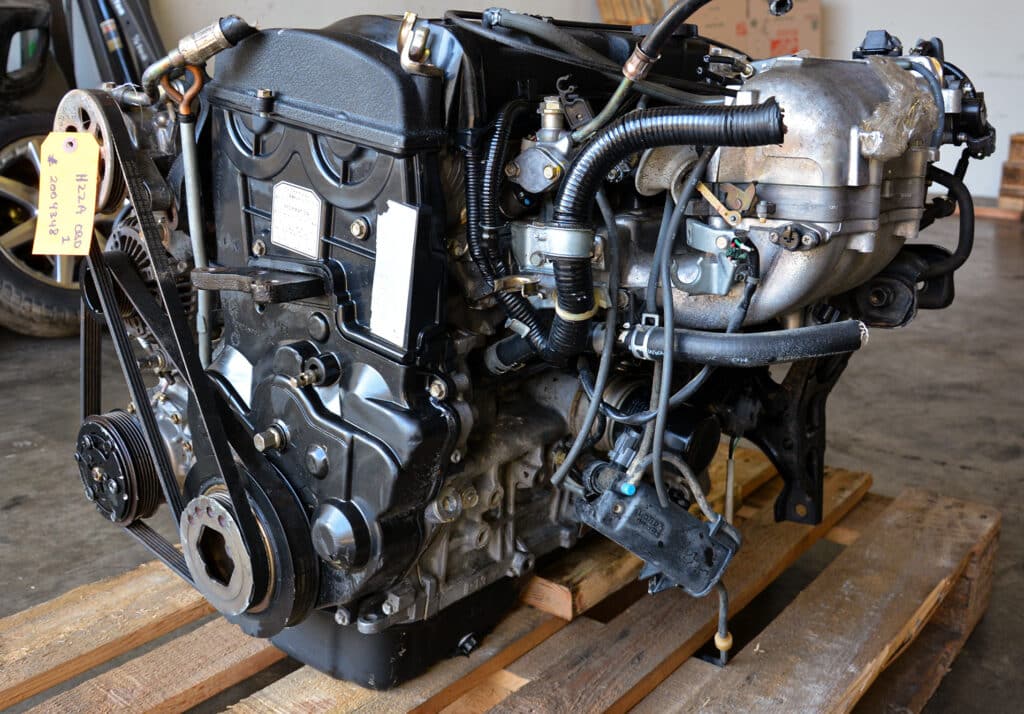
There are a lot of other reasons why you might want to pick up an H22A-equipped Honda. The engine, despite what the myths tell you, is pretty reliable.
It’s not without some faults, of course, but if you take care of it and maintain it properly, you’d be surprised how much it can actually handle.
Top up the fluids at the right intervals and keep the timing belt in check; you’ll vociferously agree if you know what happens when a timing belt breaks.
You will have to upgrade the internals to get the best possible power gains, but if you do, the H22A is absolutely a force to be reckoned with, regardless if you go all-motor or forced induction.
It can also handle turbo upgrades very well, and even with an all-motor setup without upgrading internals, you can still expect modest, but surprisingly good power gains out of it.
Concluding Summary
The Honda community loves to harp on the automaker’s best engines, like the K20, the K24, the B16B, the F20C, and so on. Very few people seem to appreciate the underrated H22A, which is a shame, because it has so much to offer.
It was designed from the on-set for performance cars, which is reflected in the cars that this engine found a home in.
Next time you’re looking at a used Honda or a new engine for your project car, you should definitely consider the H22A.
What are your thoughts on the H22A? Let us know by leaving a comment below.

